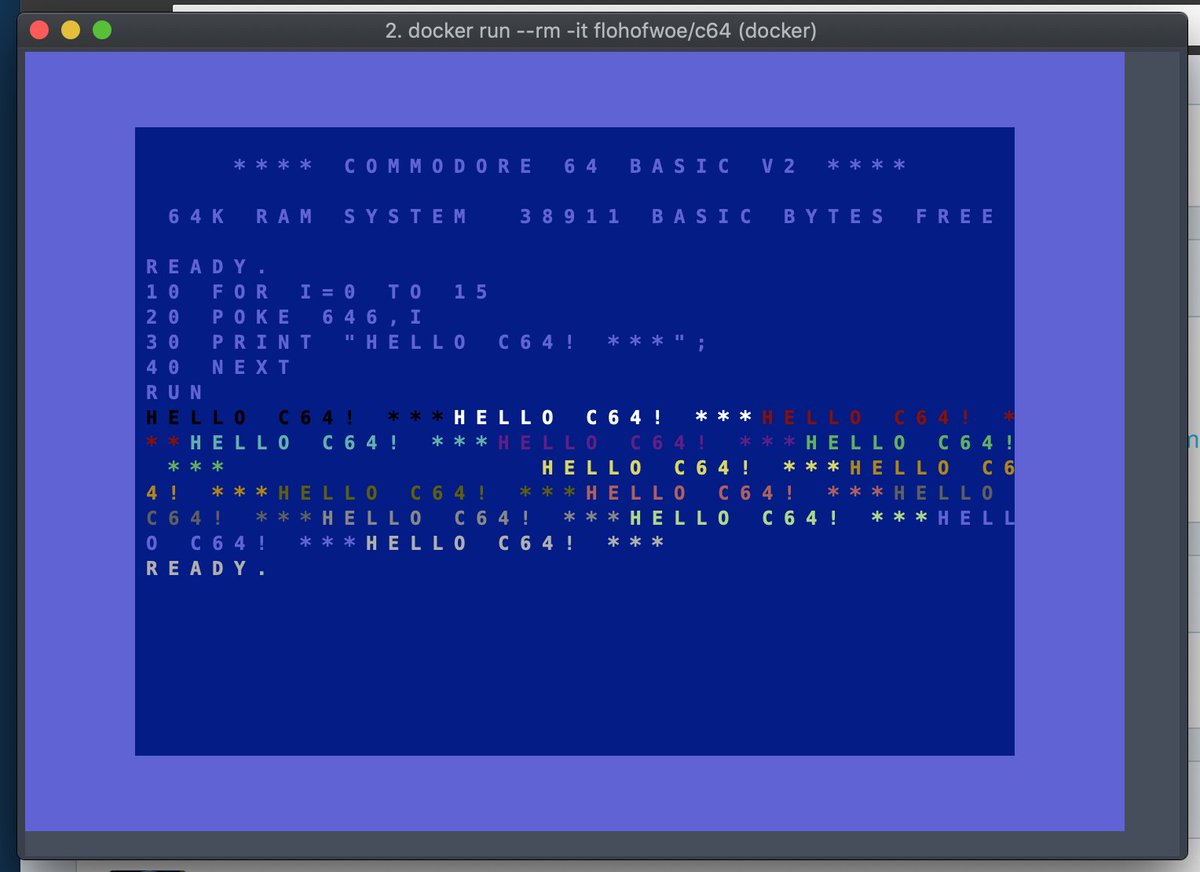

If one desires to learn to program on a specific architecture/platform. Yes, the amount of abstraction should preferably reflect the thing one is aiming to learn. Posted in Retrocomputing Tagged 6502, gigatron, ttl Post navigation It’s not fast ( about 1/8th the speed of a ), but in the video below you can see a munching squares demo. That changed when the Gigatron got a C compiler, but now somehow we’ve got a logic chip implementation of a 6502 in far fewer chips than are found in an Apple II.
6502 emulator t code#
This is great the biggest downside of the Gigatron is that there was no existing code for the machine when it was first designed.
6502 emulator t software#
This opens the door to a wide variety of software that’s already written. All of this interacts with the Gigatron’s existing video subsystem, and all code can switch in between the Gigatron’s virtual CPU and 6502 code with just a few instructions. All of the addressing modes have been implemented, along with half of the instructions and most of the status flags. Although it’s still very early in development, the Gigatron can now run 6502 machine code, and in doing so the Gigatron is now the only dual-core computer without a CPU. There’s a thread over on the Gigatron forums for this. Now the Gigatron is emulating a 6502 processor, the same CPU found in the Apple II and almost every other retrocomputer that isn’t running a Z80. While the Gigatron is a popular product in the world of weird electronics kits, the creator,, is going beyond what anyone thought possible. It’s a computer from that era that’s designed with a CPU that’s entirely made of microcode. What if, by some bizarre anomaly of invention and technology, the 1970s was not the age of the microprocessor? What if we could have had fast, high density ROM and RAM in the late ’70s, but the ability to put a microprocessor in silicon was beyond our comprehension? Obviously we would figure out a way to compute with this, and the Gigatron is the answer. You would flip the address bit then add the 0x20.The Gigatron TTL microcomputer is an exercise in alternative history. To handle flipping of the two groups of 32 characters all you have to do is flipĪnd that is how you end up with a1char = ((asciichar & 0x5f) - 0x20) ^ 0x20 You then subtract 0x20 to drop the ascii code down to account for the Which essentially converts all the lower case to upper case.Ī few characters get miss mapped like ` ~ DEL but then thoseĭon’t exist in the 2513. To get from ascii to 2513 you first mask with 0x5f So to map between them all you have to do is take all that into consideration.

It also has no data for the fist 32 characters since it starts with 2513 characters stop at ASCII 0x5f The 2513 only contains a partial mapping. I see no need to have incorrectly mapped the characters To me it looks like the 2513 screwed up and mis mapped bit 4 of addressingīy accidentally flipping it. The difference is that first and send group of 32 characters are flipped. Look at the ASCII characters from 0x20 to 0x5f compared to the characters in the 2513. It appeared that the 2513 character set has the characters in a similar order as ASCII. There is no need to waste the code code space for a table lookup when they canįrom the 2513 character map I was able to find (from a 2513 datasheet), You could use a table but that is unnecessary given the similarity in the mappings. I would like to find a comparison table (two tables aside) or something similiar…


 0 kommentar(er)
0 kommentar(er)
